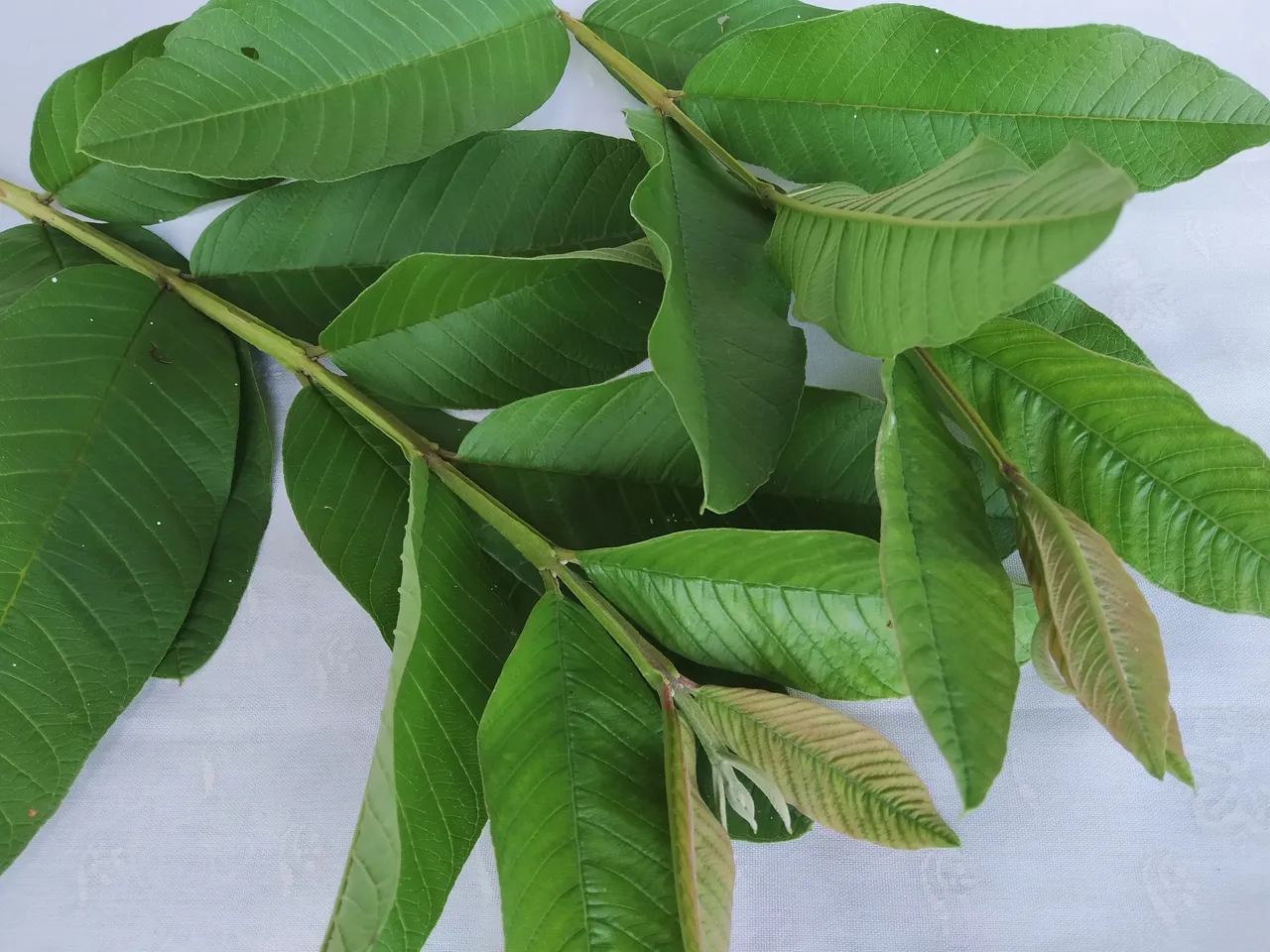To compare the leaves of the different genotypes of the guava plant germplasm bank, leaves of different plants should be taken which are similar to each other to differentiate them from those of the other hybrids, where some of the different shapes present in the germplasm bank are: oval, ovate, oblong, oblong and lanceolate.



▶ For the description of trichomes in leaves of young guava plants, generally transverse cuts are made with blades using a magnifying glass to facilitate the cutting of the trichome and then observe them at 10X in a microscope model: XSZ-207, with objectives: 4X, 10X, 40X and 100X.

▶ Credits: Greendna. – [Image of Public Domain]
≕ I invite you to stay tuned and read my next contribution ≔
The above is in order to determine the types of trichomes present on guava leaves, some of the types of trichomes that can be observed are: linear, branched, stellate, discoidal, absorbent that may be present on the underside of the leaves where they will be observed by a microscope.
Now, to determine the stomatal density on the underside of the leaf of guava plants, at the laboratory level, tangential cuts are made for each leaf with three repetitions at different times and in different places of the leaf in the apical, middle and base of the leaf.
To make the cuts, a magnifying glass is used to facilitate the cut, one of the ways to count the stomata is by mounting the sample in a Neubauer chamber for its respective count at 40X.

In addition, the most frequent type(s) of stomata can be described categorically, for which it is advisable to apply a formula to calculate the stomatal index and stomatal density generally present on the underside of guava leaves.
NOTE: Reference material.